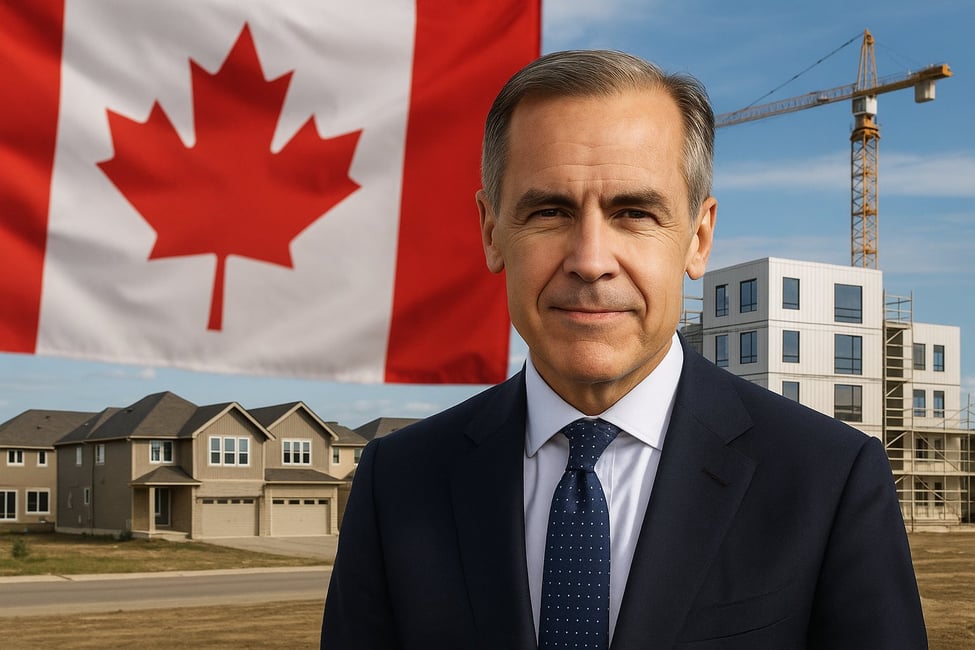What if the key to Canada’s housing crisis wasn’t some far-off idea—but something we’ve had all along, just waiting for the right push?
With newly appointed Prime Minister Mark Carney announcing a $26 billion plan to fast-track prefabricated housing, Ottawa is putting its chips on speed, innovation, and factory-built homes. But here’s the big question: is this the game-changer we’ve been waiting for—or just another flashy announcement that won’t move the needle?
Let’s break it down.
The Numbers Behind the Promise
The plan includes:
$25 billion in low-cost debt financing
$1 billion in equity support
All directed toward Canadian prefab and modular homebuilders.
The pitch? Build homes in factories, cut construction time in half, reduce costs by 20%, and slash emissions by 22%. On paper, it sounds like a win.
But as always—what sounds great in Ottawa doesn’t always translate cleanly to the job site.
What Are Prefab Homes—and Why Now?
Prefab homes are built in sections at a factory, then delivered and assembled on-site. They're efficient, clean, and don’t depend as heavily on weather or on-site crews.
Kevin Lee from the Canadian Home Builders’ Association says it best:
“It allows us to build more homes with fewer people.”
And that’s huge, especially with our chronic skilled labour shortages.
But—there’s a catch. These factories don’t build themselves. Setting them up costs serious money, and if the housing market cools (as it tends to), those fixed costs stick around. So while prefab homes can speed things up, they’re not automatically cheaper or lower risk.
Can We Replicate Success Stories from Abroad?
Sweden and Japan have had success with prefab construction. But Canada’s landscape—literally and figuratively—is different.
Japan has fewer people, tighter land, and a steeper population decline.
Sweden’s climate made indoor construction a no-brainer.
Canada? We’re huge, decentralized, and still heavily reliant on traditional methods.
Even in places more like us—like the U.S. or Australia—prefab still hasn’t gone mainstream.
So, Why Should You Care?
Because if prefab housing takes off—even partially—it could mean:
Faster project completion
Slightly more affordable homes
More inventory in the pipeline
For buyers, that might mean shorter wait times and better access. For sellers, it’s a reminder that market dynamics can shift quickly. And for investors, it’s a space to watch closely.
But prefab homes won’t solve the housing crisis on their own.
Final Thoughts: A Step in the Right Direction?
Carney’s plan could make a real difference—but only if it’s part of a broader, smarter approach. That means:
Cutting red tape at the municipal level
Offering flexible repayment models to builders
Supporting the construction workforce
As Kevin Lee puts it:
“No single fix will double Canada’s housing starts. But working on all fronts gives us a real shot.”
Stay Ahead of the Curve
Understanding where policy meets the market is critical if you’re buying, selling, or investing in the GTA. These shifts might not change everything overnight, but staying informed gives you a huge advantage.
Want to talk strategy or have questions about the market? I’m just a message away.

